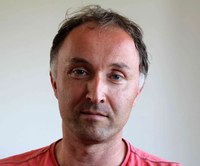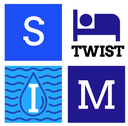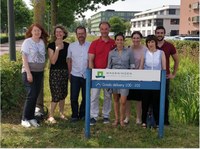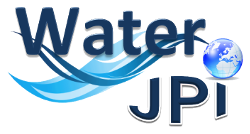SIMTWIST
Project Coordinator

Bas Amelung: bas.amelung@wur.nl
Institution: Wageningen University and Research
Country: The Netherlands
Abstract:

Tourism in the Mediterranean has increased significantly over the last decades, particularly in Benidorm and Rimini, two of the top-European (mass) tourist destinations. Despite the economic contribution of tourist-related activities, the environmental impacts of tourism, especially regarding water consumption, have not been researched in depth. This study aims to connect the macro-level of water scarcity in these areas with the micro-level related to the behaviour of relevant stakeholders, as well as tourists. The emphasis on water scarcity needs both water supply and demand to be considered. Also, the research intends to improve the understanding of tourism water consumption from the technical and social perspective, understanding the drivers and relations for different types of water uses. In addition, this project aims to focus on a participatory approach, where stakeholders will be involved throughout the entire life-time of the research, in order to involve them and how this consumption relates to stakeholder’s behaviours, as well as tourists. This objective can only be achieved through transdisciplinary research, integrating insights from different disciplines and putting stakeholder participation centre-stage. Therefore, the problem will be framed collaboratively, ensuring that all the issues of societal relevancy are addressed, and co- solution-oriented knowledge, enabling mutual learning. Finally, and Agent-Based Model will be developed in order to test different intervention strategies, as well as policy interventions, as means to cope with water scarcity in massive tourist destinations, and develop the most sustainable solutions for each of the case. Given the similarity of water issues (e.g. scarcity, seasonality) in Mediterranean tourism destinations, results and methods can be easily scaled-up and transferred.
Funders of the project:
NWO (Netherlands)
MINECO - AEI (Spain)
MIUR (Italy)
Photo of the Research Team

